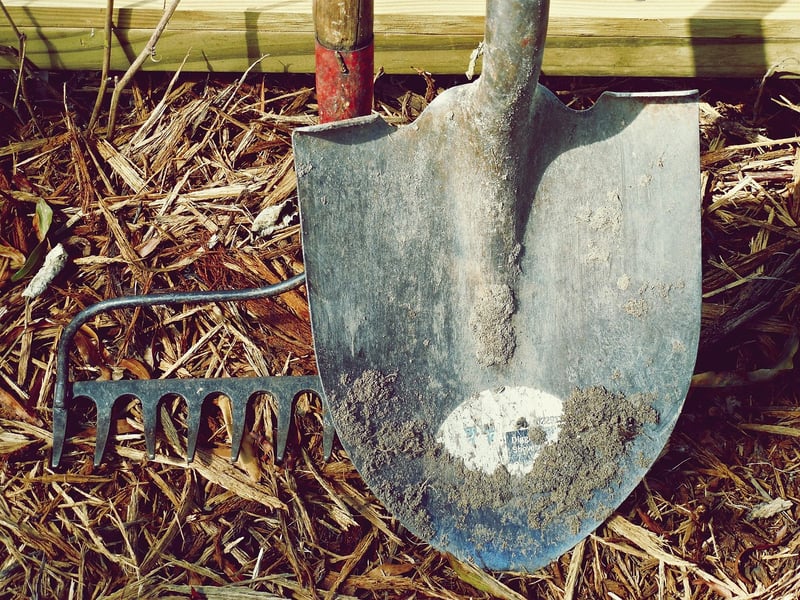Fertilizing Guide
Maintain Healthy Plants: A Fertilizing Guide
Keeping your plants healthy and thriving involves more than just watering; proper fertilization is essential for their growth and development. Understanding the basics of fertilizing can help you provide your plants with the nutrients they need to flourish. Here's a comprehensive guide to fertilizing your plants effectively:
1. Know Your Plants
Before you start fertilizing, it's crucial to know the specific needs of your plants. Different plants require different types and amounts of nutrients. Research the fertilizer requirements for each type of plant in your garden.
2. Choose the Right Fertilizer
There are various types of fertilizers available, including organic and synthetic options. Organic fertilizers are derived from natural sources and release nutrients slowly, while synthetic fertilizers provide a quick nutrient boost. Select a fertilizer that suits your plant's needs.
3. Understand NPK Ratio
The three primary nutrients in fertilizers are nitrogen (N), phosphorus (P), and potassium (K). The NPK ratio on the fertilizer package indicates the percentage of each nutrient. Different stages of plant growth require varying NPK ratios, so choose the ratio accordingly.
4. Follow Instructions
It's essential to follow the instructions on the fertilizer package to avoid over-fertilization, which can harm your plants. Measure the correct amount of fertilizer and apply it as directed for optimal results.
5. Timing Matters
Apply fertilizer at the right time to maximize its effectiveness. In general, fertilize during the growing season when plants are actively growing. Avoid fertilizing during dormant periods.
6. Consider Slow-Release Fertilizers
Slow-release fertilizers provide a steady supply of nutrients to plants over an extended period. This can reduce the risk of nutrient leaching and ensure a consistent nutrient supply for your plants.
7. Monitor Plant Response
Pay attention to how your plants respond to fertilization. Healthy plants will show vigorous growth, vibrant foliage, and abundant blooms. If you notice any signs of nutrient deficiency or excess, adjust your fertilization routine accordingly.
By following these fertilizing guidelines and providing your plants with the nutrients they need, you can promote their overall health and vitality. Remember that proper fertilization, along with regular watering and sunlight, is key to maintaining healthy and beautiful plants in your garden.

